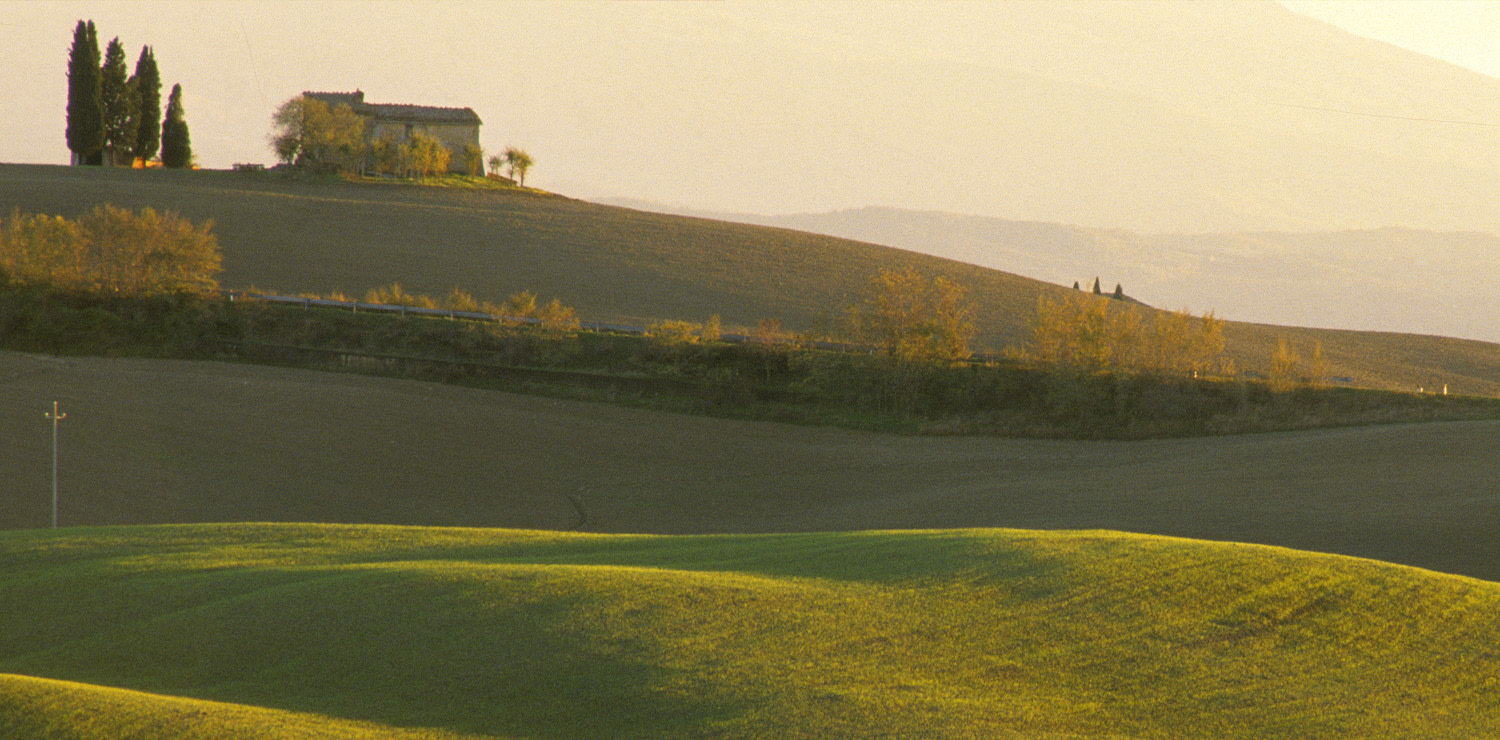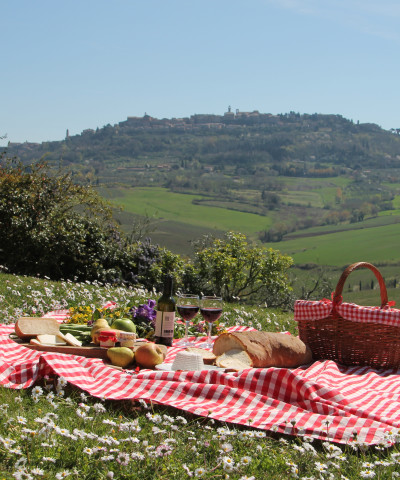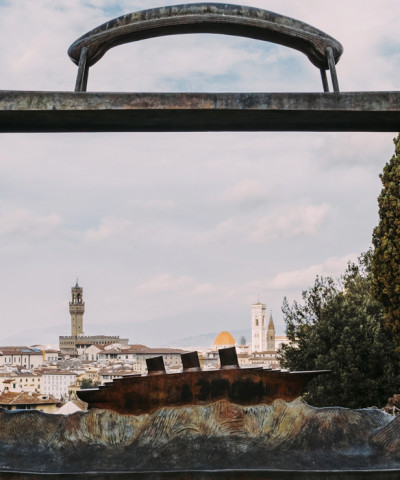What to see and do in and around San Gimignano
Everything you need to know about visiting San Gimignano, Volterra and the surrounding area
History is full of seeming contradictions: the Val d’Elsa area, which was once an important road – the Via Francigena was used by pilgrims on their way to Rome- has been “living a solitary life” in the past one hundred years and, today, one has to turn off the main routes to visit it. Because of their love of solitude, Colle and San Gimignano are a concentrate of the distinctive features of Tuscan identity: art, landscape, farmhouses. And so, today, the Etruscan town of Volterra conveys a clear image of its three thousand years of history.
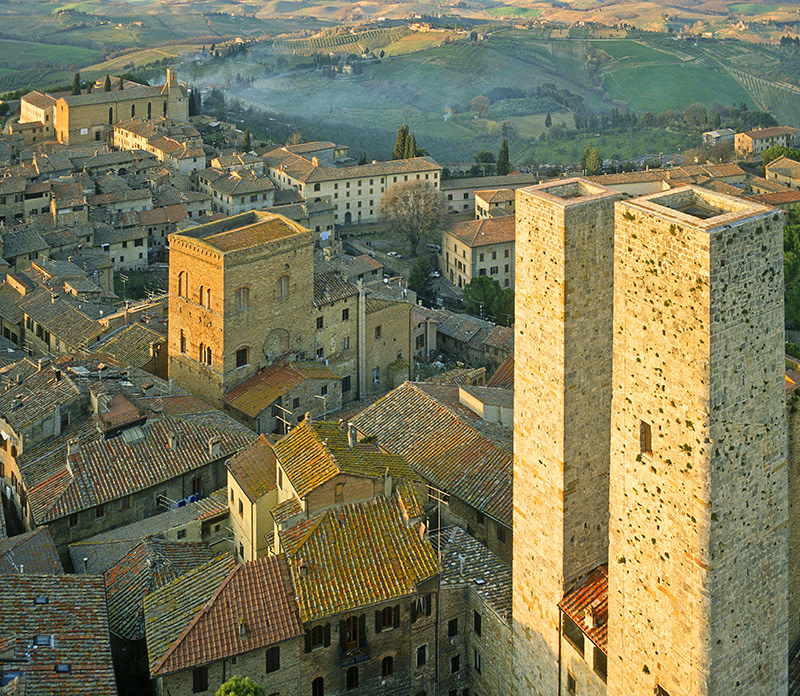 Torri di San Gimignano
Torri di San GimignanoThree centers of art, but also of life: San Gimignano is best known for its towers but also for Vernaccia wine and saffron; Volterra is not only about the Piazza dei Priori, but is also the world capital of alabaster; Colle identifies with Piazza Arnolfo and the Castle, but it is also associated with Italian crystal glass-making. A tour of these three small towns, which are very close to each other (the distance between Colle Val d’Elsa and San Gimignano is 15 km, while 31 km separate San Gimignano and Volterra), introduces the visitor to places of great historical and artistic interest, each different, and to a variety of landscapes: from the hills covered with olive groves and Vernaccia vineyards on the way to San Gimignano, to the so-called balze, an impressive form of clayey soil erosion, to the spectacular badlands along the Volterrana road, where fields change into grazing land.
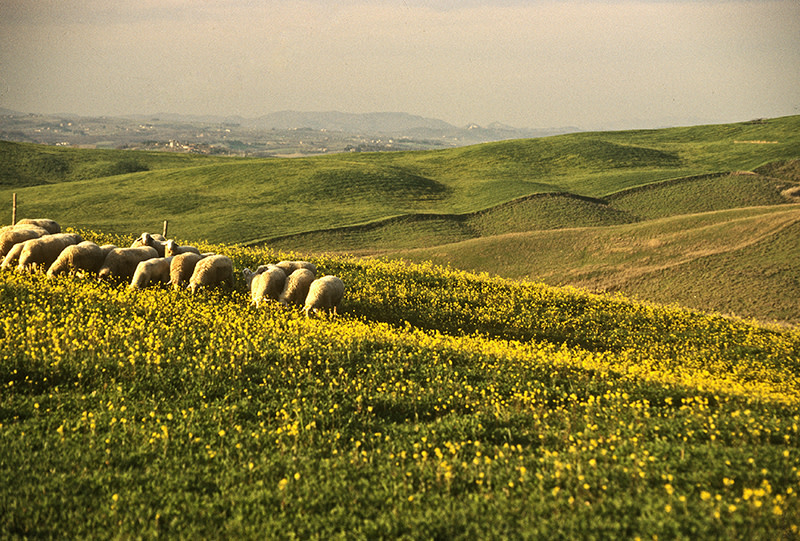 Pastures in the surroundings of San Gimignano
Pastures in the surroundings of San GimignanoColle di Val d’Elsa is divided into the old town, nearly clinging to the hilltop, and the lower part with the lively Piazza Arnolfo. The town is filled with attractions: from the Civic Museum, housed in the Palazzo dei Priori, to the Ranuccio Bianchi Bandinelli Museum, showing the extremely rare kelebai from Volterra. The tour of the town should include a visit to the old town, where a tower-house in Via del Castello is said to be the birth home of Arnolfo di Cambio. The town of the beautiful towers is nestled in the hills covered with Vernaccia grape vineyards. In the 1300s, there were seventy-two towers. In those days, San Gimignano was a flourishing town of rich merchants who showed their wealth by building increasingly higher towers. The town council decreed that no tower should be higher than the town hall’s and so someone built two towers side by side. Today, there are still fourteen towers and the historic center is perfectly preserved in its original and harmonious form.
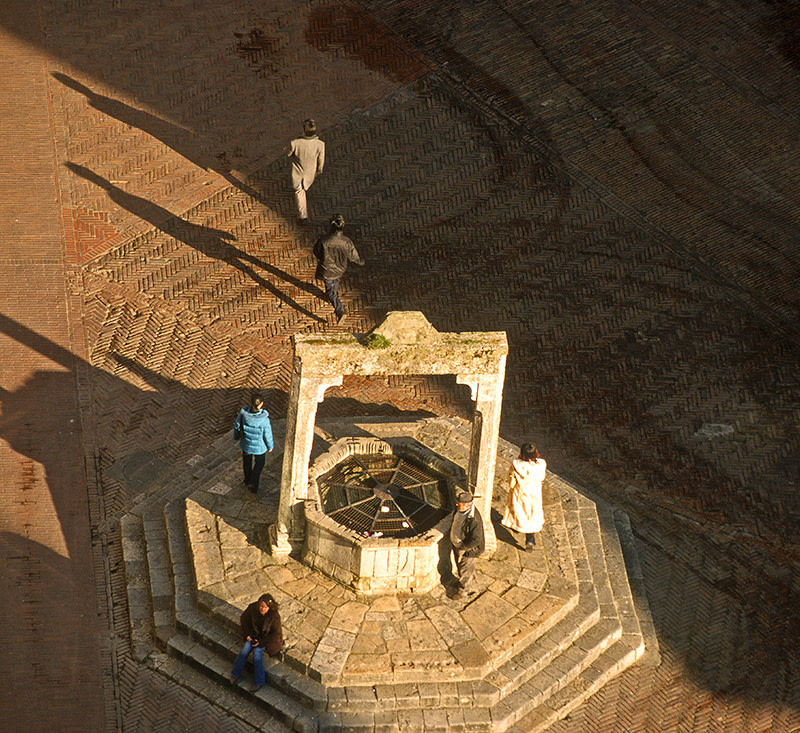 San Gimignano La Cisterna
San Gimignano La CisternaThe town’s two main squares are located on top of the hill: Piazza della Cisterna and Piazza del Duomo where the Town Hall and Collegiata building stand. However, San Gimignano’s heart and soul is the Spezieria di Santa Fina, a museum showing furnishings, objects and documents related to the medieval apothecary’s shops providing assistance to pilgrims travelling along the Francigena road (Santa Fina is the town’s patron saint). San Gimignano’s more contemporary side is represented by Galleria Continua, a world-famous contemporary art gallery established in 1990.
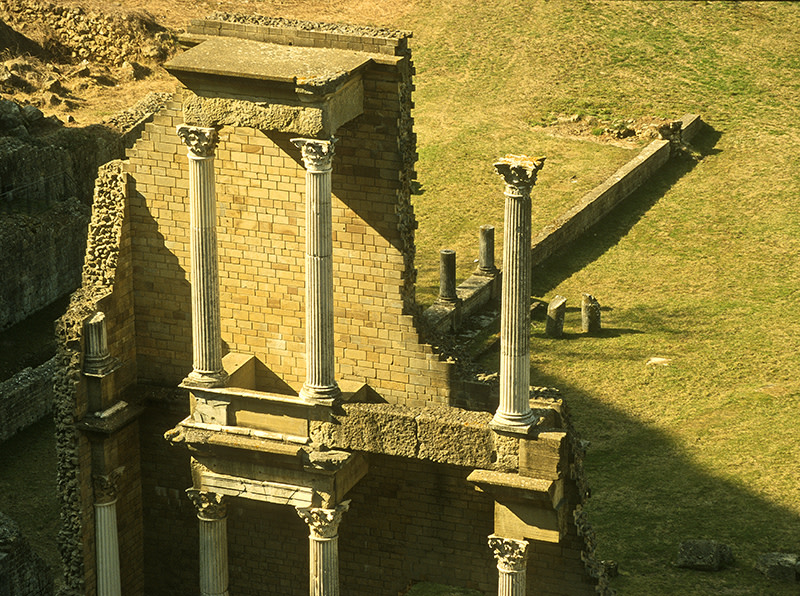 Volterra L-Anfiteatro
Volterra L-AnfiteatroFew cities in the world are so visibly webbed to their distant past as is Volterra. The Etruscans built the lucomony of Velathri, whose seven kilometers-long walls (4th century B.C.) enclosed both the town and the fields that provided the inhabitants with self-sufficiency in case of war. Volterra’s economy was based on the extraction of copper, alum, alabaster and salt and the town still preserves the medieval layout, with the Palazzo dei Priori in the middle and the San Giovanni square where all church buildings stand: cathedral, baptistery, the Opera institution, the Santa Maria hospital and cemetery.
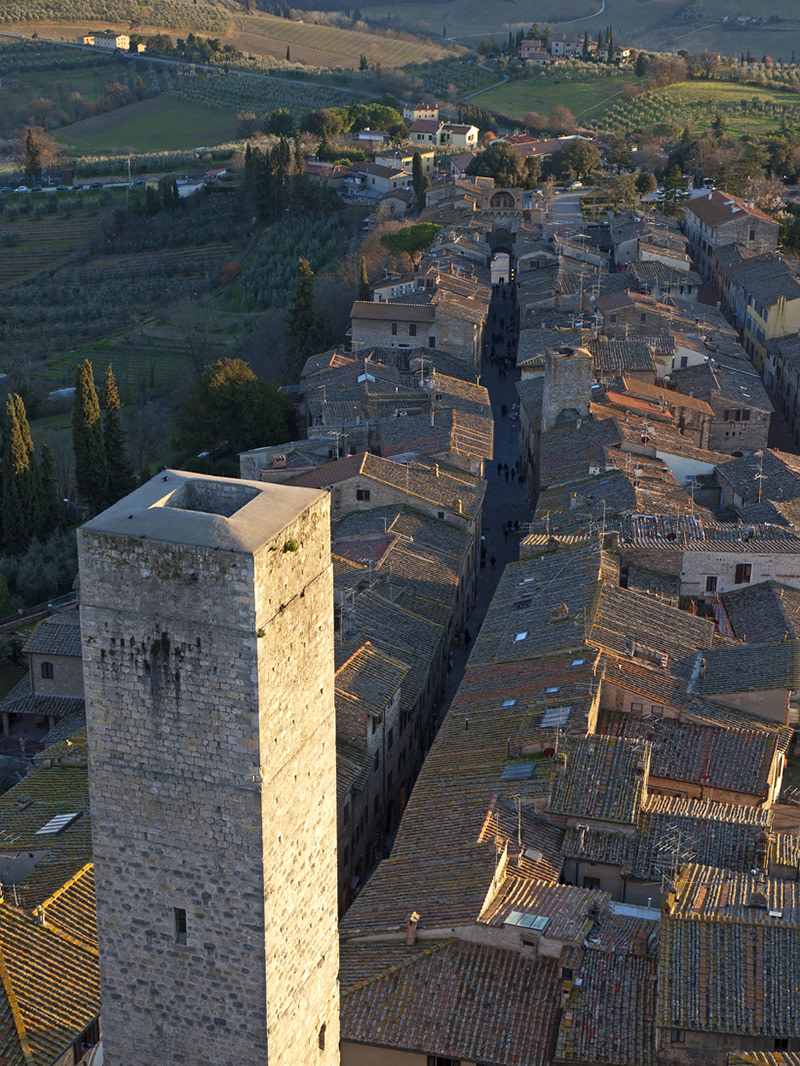 SAN GIMIGNANO
SAN GIMIGNANOThe Ecomuseum, with its rich collection of works of art made of alabaster, from the Etruscan age to the present day, is the starting point of a tour of the area’s archeological treasures, such as the Etruscan finds kept in the Guarnacci Museum, one of Europe’s oldest public museums. Among its treasures are five hundred thousand ancient books and Ombra della sera, an Etruscan sculpture dating back to the 3rd century B.C. which is by itself worth the trip. And Palazzo Minucci Solaini, one of the town’s most peculiar buildings, houses Volterra’s picture gallery.






